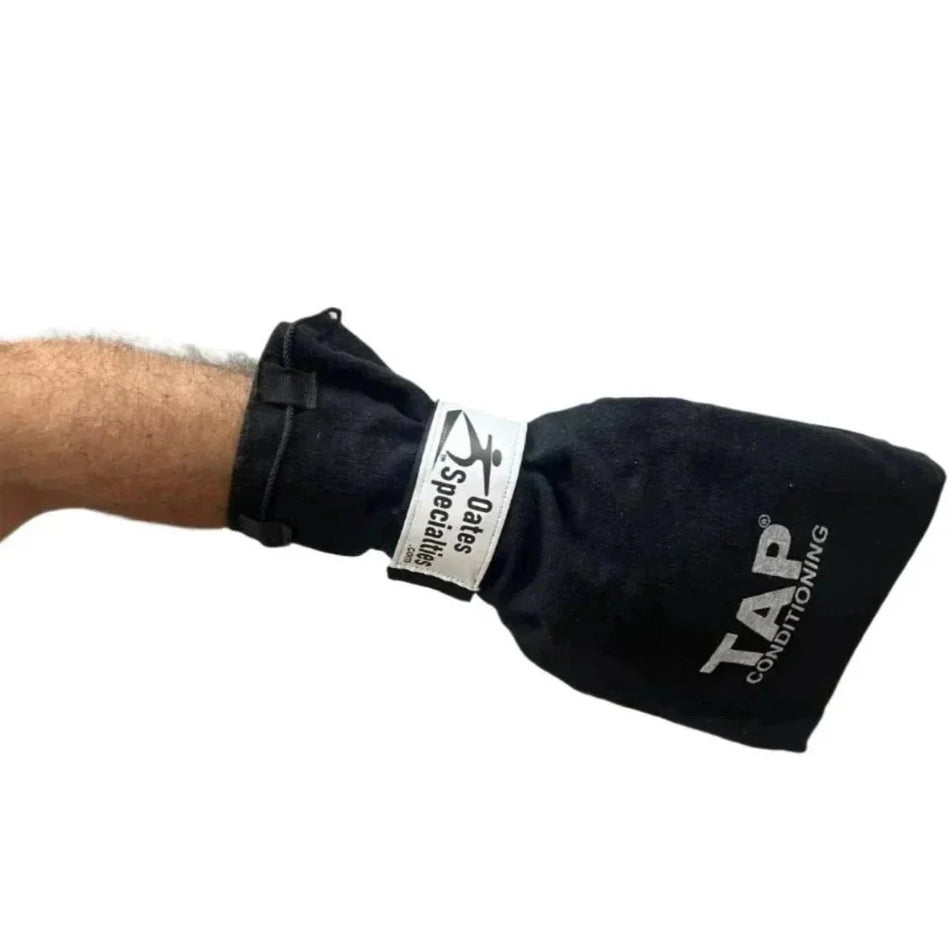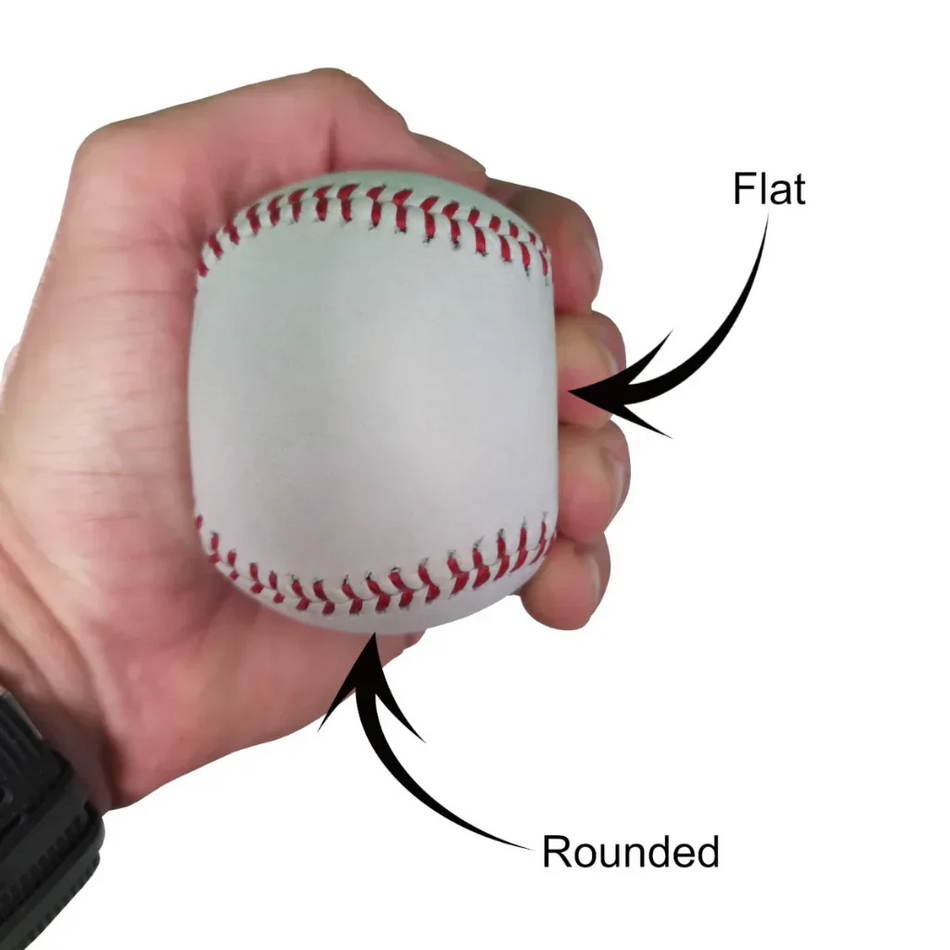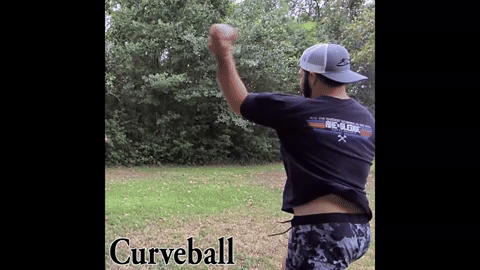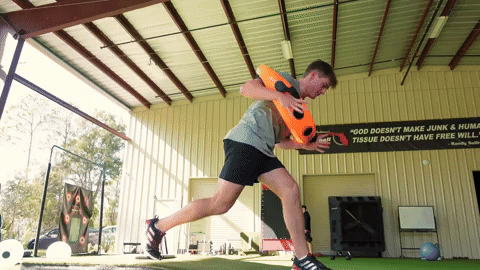This week I wanted to discuss a number of drills which are helpful in improving the mobility and stability of an athlete’s spine and back. As I have mentioned before, different sports place different demands on an athlete. While nearly all sports require an athlete to rely on his/her stability and mobility of the lower half, not all require as much stability and mobility in the upper half. For throwing athletes such as baseball players, the tremendous demands placed on their upper half requires superior stability and mobility in order to stay healthy and continue to perform at the best of their ability.
If you remember the stability/mobility continuum which I illustrated a couple of posts ago, the lumbar spine is the first link in transferring energy from the lower half to the upper half. The lumbar spine requires stability as it must provide a solid base for the thoracic spine to be mobile on. Lumbar stability will help enable a throwing athlete, such as a pitcher, to maintain his posture throughout his delivery. There are numerous lower back exercises which can help improve stability and I’m going to talk about a couple.
One exercise which can be done to improve stability is called a bridge. A bridge consists of an athlete lying on his back with his feet flat on the ground and arms by his side and raising his body off the ground. This will engage the athlete’s hamstrings, glutes and lumbar spine. There are different variations of a bridge such as adding an exercise plyometric ball as well as lifting one leg off the ground.

Another basic lumbar spine stabilization drill is called the superman. During this exercise Supermanthe athlete is flat on his stomach and raises both his arms and legs as far off the ground as possible by using the lower back muscles. The athlete can do both arms and legs at once or alternate between the right arm and left leg and the left arm and right leg.

Moving up the spine, the next area which a rotational athlete needs to focus on his is thoracic spine. This part of the spine is mobile, yet the range of motion is often limited. I know personally I had limited thoracic spine mobility and I did not even know that I needed to work on it for many years. A lack of thoracic spine mobility will put added stress on your lumbar and/or neck as your body must compensate for the amount you are asking it to rotate. My lack of thoracic spine mobility led me to experience some lower back trouble as I had several bulging disks my junior year of college.
A great way to help improve the mobility of this joint is to put a foam roller between your legs and clasp your hands behind your head. As you squeeze the foam roller tightly and your elbows are pulled back as much as possible opening your chest, the athlete will take his right elbow toward the ground (this creates tension on the left obliques). When the athlete has reached as far to the right as possible he then twists with his right elbow pointing as far behind him as possible. The athlete will probably feel an intense stretching or maybe even cramping in his upper back. Then he should perform the exercise to the other side.
Another great way to improve the mobility of the thoracic spine is to use the foam roller to roll out the area. This will help loosen up the soft tissue around the joint allowing it to relax and become freer in its movements. An athlete can raise his body off the ground with the only thing touching being his feet and his upper back on the foam roller. Whenever a tender spot is reached (there will probably be many) pause over that spot and let your back sink into the roller. This video is of Eric Cressey doing thoracic extensions on a foam roller. Just one example of several exercises you can perform on a roller. Click here to watch video

The scapula is an area of the body which throwing athletes should be extremely focused on. The scapula requires stability as it provides the strength for the proper movements of the shoulder. Without enough scapular stability, a condition known as S.I.C.K., an athlete is at a very high risk of injury. Strengthening the scapula can be as easy as performing proper pushups. With slow, controlled movements down and then back up, the shoulder blades are engaged as they are forced into a pinched position at the bottom of the pushup. An altered version of a pushup which is great for scapular strength is called a scap pushup. These pushups involve the athlete only moving his scaps and nothing else. The arms stay locked out and the small downward movement occurs when the scaps are pinched together and the upward movement happens as the athlete rounds his scaps forward. These movements are known as scapula protraction and retraction. (Click here to watch the video)
Another great exercise which can be done to strengthen the scaps is commonly called airplanes. During this drill the athlete lies on his stomach with his arms out to the side and he pinches his scaps and then lifts his arms as high off the ground as possible. This can be done with the palms down, thumb up, and pinky up. The arms can also be positioned at a 45 degree angle above you as well as down by your side. Each of these arm positions targets a different area of the scapula. When doing this exercise it is best to find a towel or something soft to rest your forehead on as you want your neck to be relaxed. For those looking to do an advanced version you can always add wrist weights.
An athlete can also utilize resistance tubing to help increase the strength of his scapular region. By taking the proper resistance tubing and performing scap pinches as well as upright rows a throwing athlete can increase the strength and stability of the region. Resistance tubing is great because it can be used to specifically target the scaps or it can be used for dynamic exercises which work the scapula along with much other parts of the spine such as the lumbar spine, increasing the stability of two important parts of the body with one exercise.

These exercises can help an athlete gain the needed stability and mobility needed to stay healthy and improve performance in throwing athletes.
Next time I will address some exercises which can be done for the shoulder, elbow, and hand/wrist to improve the stability and mobility of the last link of a throwing athlete.
Until next time,
Brian Oates
Photo Credit:
https://www.wikihow.com/Do-a-Bridge-Exercise-With-an-Exercise-Ball














































